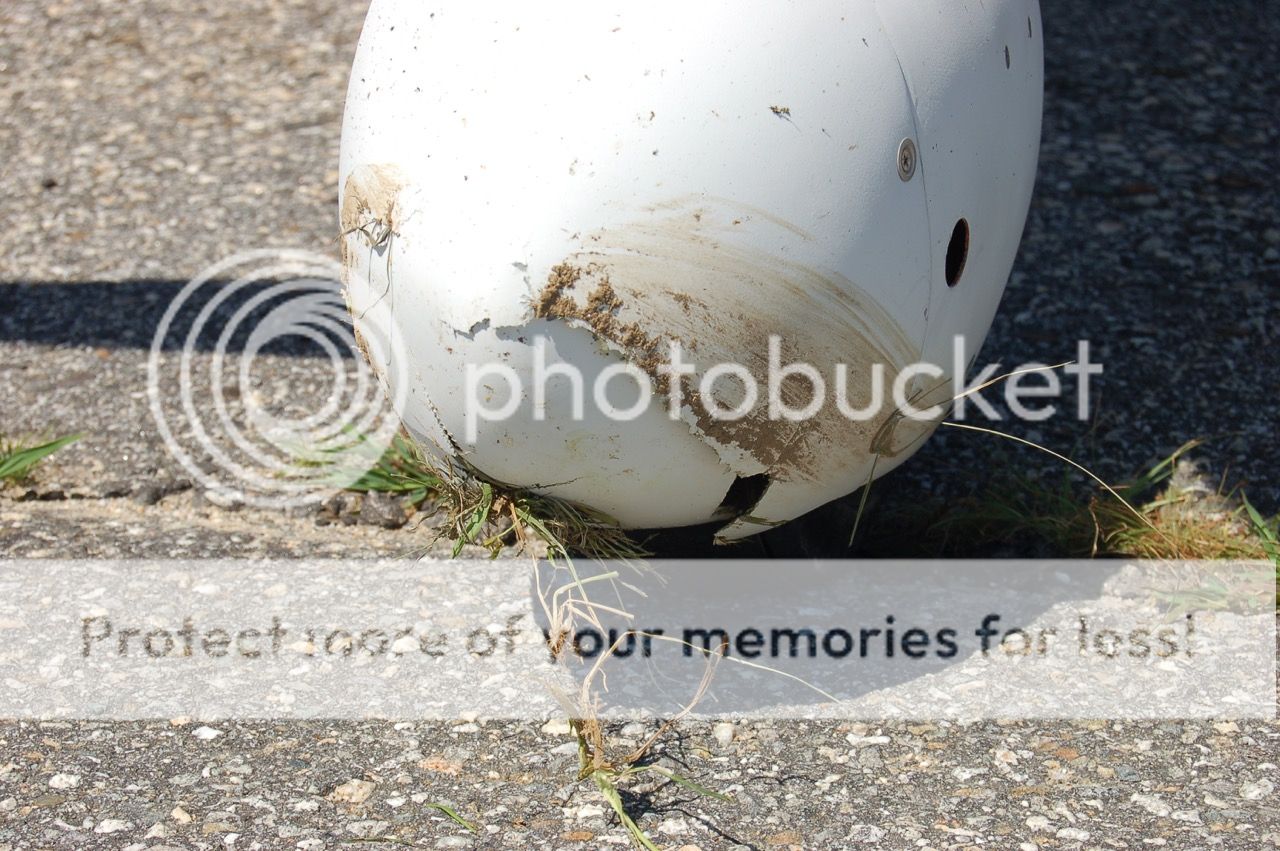meloosifah
Well Known Member
Good morning all,
I am not trying to open a debate about tail vs nose wheel but have been keeping track of tip overs for nose draggers for the last two years. What I have found is that, to the best of my knowledge, there have been between 19-22 -A model tip overs in the past 24 months. Now the numbers are not precise because accident data is not available for most and so this is based on damaged planes for sale, posts on this and similar sites, discussions with various pilots, etc.
My questions to the group are:
1. Do you think this number is accurate?
2. If so (or even close) doesn't that seem ridiculously high? I have many hours in Tripacers and 172s and have never even heard of this happening, let alone with any level of frequency.
3. Why are owners not rushing out in droves to chop the deadly wheel off the chin, shrinking it down with a heat gun and putting it back on the tail where it belongs? JUST KIDDING!
Keep in mind, my informal "research" does not identify WHY the plane flipped, but it just seems really high, regardless.
Thoughts?
I am not trying to open a debate about tail vs nose wheel but have been keeping track of tip overs for nose draggers for the last two years. What I have found is that, to the best of my knowledge, there have been between 19-22 -A model tip overs in the past 24 months. Now the numbers are not precise because accident data is not available for most and so this is based on damaged planes for sale, posts on this and similar sites, discussions with various pilots, etc.
My questions to the group are:
1. Do you think this number is accurate?
2. If so (or even close) doesn't that seem ridiculously high? I have many hours in Tripacers and 172s and have never even heard of this happening, let alone with any level of frequency.
3. Why are owners not rushing out in droves to chop the deadly wheel off the chin, shrinking it down with a heat gun and putting it back on the tail where it belongs? JUST KIDDING!
Keep in mind, my informal "research" does not identify WHY the plane flipped, but it just seems really high, regardless.
Thoughts?
Last edited:






